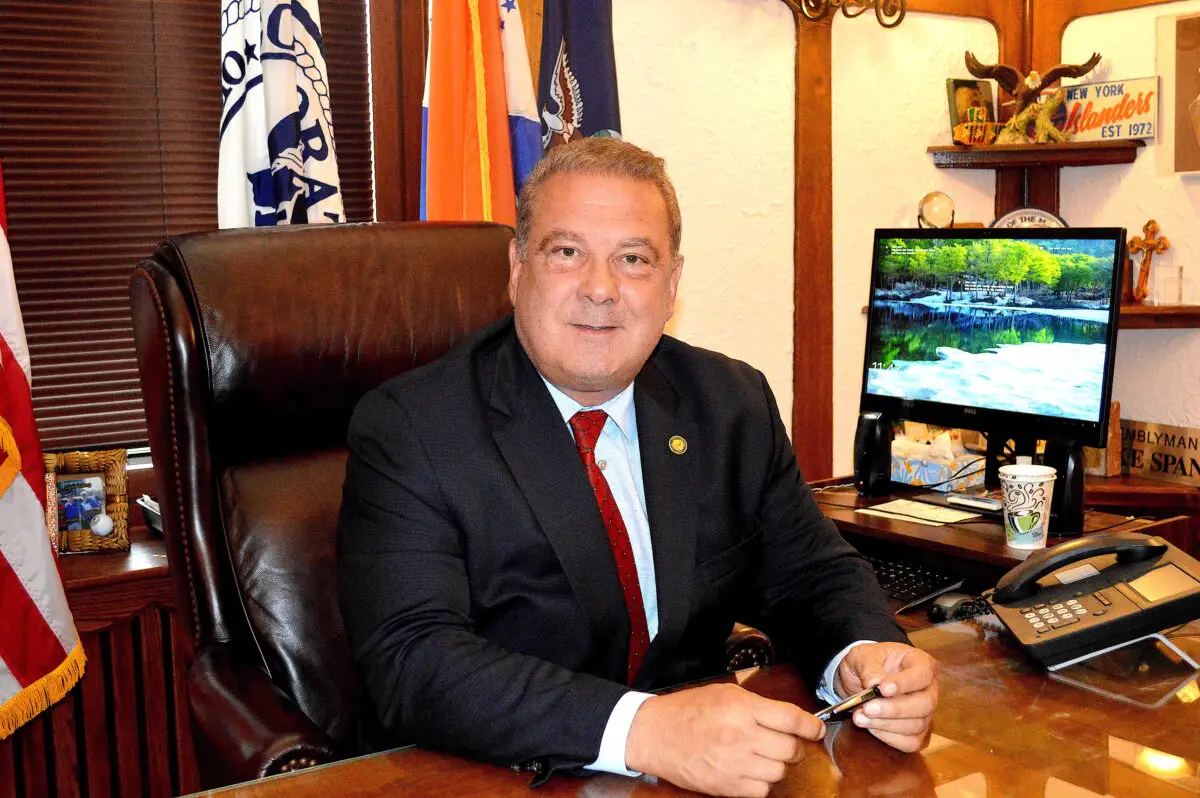BY EUGENE HAMMER
In recent years, more and more companies and commercial building owners have been looking for better and smarter ways to conserve energy and reduce their carbon footprint. With recent technology advancements and available utility and government incentives, companies can become more environmentally friendly while also cutting costs by consuming energy intelligently, maintaining HVAC systems, implementing LED lighting, adding solar panels and much more. Below are some tips on how companies and building owners can implement energy-efficient initiatives.
Consume energy intelligently
Companies can reduce their carbon footprint by consuming energy more intelligently. This includes buying more energy-efficient equipment, installing programmable thermostats, and shutting off coffee makers and vending machines while the building is unoccupied. Companies should also consider converting from oil to gas heat whenever possible, as gas burns cleaner and more efficiently. Replacement costs also can be reduced by leveraging rebates and incentives through Consolidated Edison and the New York State Energy Research and Development Authority. Employees should carpool whenever possible, buy hybrid or electric vehicles with better gas mileage and turn lights off when not needed.
Maintain all HVAC systems
Make sure HVAC systems are professionally maintained on a regular basis. Clean, well-operating systems will provide reliable, efficient service during the extreme weather days. Dirty or old, battered systems will break down more often and continually become less efficient with age and deferred maintenance.
Reduce consumption during peak periods
Electric demand management is a very effective way to leverage utility rebates/incentives. This concept is to help reduce electricity consumption during peak demand days (summer month weekdays, usually between 2 and 4 p.m.) when the outdoor temperature is hottest and air conditioning systems need to run at maximum capacity. Utilities are heavily subsidizing demand management controls.
Implement LED lighting
LED lighting technology has come a long way in the last few years and the cost to implement it has dropped substantially. Lighting retrofits are the “low-hanging fruit.” They offer savings as soon as the new light bulb is installed and turned on, and their energy efficiency is simple to calculate.
Conserve gas and water
Natural gas is less expensive per British thermal unit than propane and oil. Also, it burns cleaner and is easier to control. Therefore it is used in high-efficiency heating equipment. Co-generation is simply defined as a natural gas generator used to make electricity, with the unused and/or wasted heat used to pre-heat water for domestic water or heating systems. This is very effective in multifamily residential buildings or health/fitness clubs where people take showers or use a lot of hot water. Utility incentives are very strong for this technology and it helps during power outages because a facility produces its own electrical power. While on the subject of water in buildings, a few manufacturers have developed a water conservation valve with monitoring software to install in buildings that consume large quantities of domestic water (apartments, health clubs, hospitals, golf courses). The valve is designed to meter the water to remove air so the building purchases water from the municipality, not water and air.
Transfer your heat
Heat transfer has improved with the emergence of “nanocarbon” technology. There are fluids for heating and cooling systems that offer improved heat transfer while providing freeze protection (like antifreeze), and coatings developed to apply to air conditioning coils that help heat move from inside the coil to the outside. This helps systems run cooler and more efficiently.
Add solar panels
Solar panels are a great addition to a building if the physical layout is favorable. Shading and access to the sun are critical in determining if the building is a good candidate. Tax rebates and utility incentives have made it such that installing a solar system can be very cost-effective. Roof condition is important to consider when thinking about solar since the life expectancy of roofs and solar systems can be around the same. Generating electricity in a building means the cost to purchase kilowatts decreases.
Eugene “Bud” Hammer is the president and general manager at Atlantic Westchester Inc., a commercial/industrial HVAC company servicing businesses, institutions and local government facilities in the New York metropolitan area. Contact Hammer at bud@atlanticwestchester.com.



















